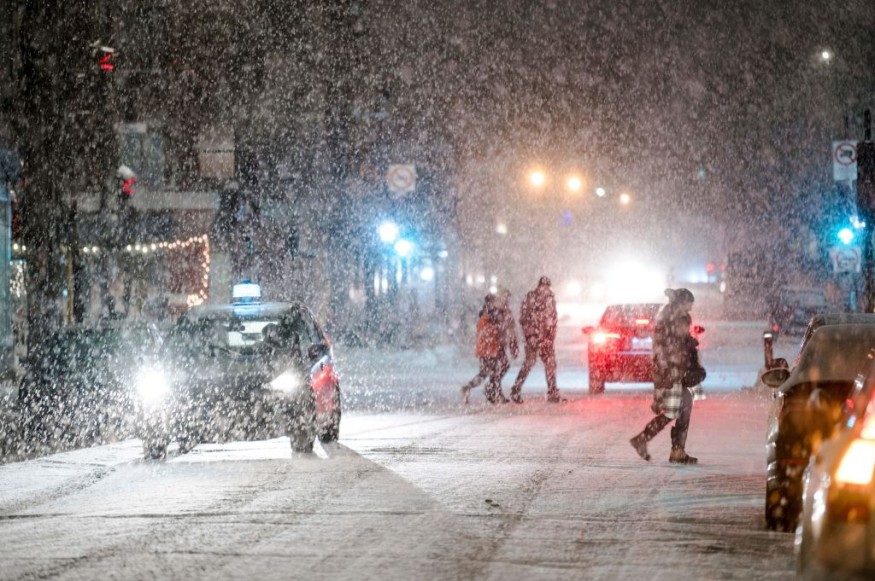Canada storm alerts have been issued by meteorologists amid the renewed threat of cold temperatures, heavy snow, and winter weather conditions. This comes a week after a winter storm caused widespread disruption to travel and daily activities.
Canada Storm Warnings

Canada storm alerts have been issued by local weather authorities as extreme winter weather conditions have again struck the country. Environment Canada issued snowfall, extreme cold warnings in two Atlantic provinces.
Storm warnings are in effect in Atlantic Canada as the wintry weather continued into the weekend. In Nova Scotia, most southwestern areas of the province is expected to experience up to 20 centimeters of snow in the Yarmouth and Shelburne counties, as reported by The Canadian Press and cited by Global News Canada.
The Canadian weather agency states snowfall is expected to continue by early this week, warning that visibility could become poor during heavy snow and drivers should take precaution for dangerous road conditions.
Last week, a winter storm gripped several parts of Canada, leading to the cancellation of flights, suspension of classes, and power outages. Thousands of residential and business establishments lost power in the Windsor-Essex region of Ontario, according to the Canadian Broadcasting Corporation (CBC).
Also Read: Weather Forecast: Atlantic Canada, East Coast to Expect Dangerous Cold, Sea-Effect Snow This Weekend
Arctic Air Mass
Environment Canada stated the cold air present over the Atlantic Canada is due to an arctic air mass hovering above the province, which will experience extreme cold weather with wind chills overnight from Sunday to Monday, affecting inland areas, in particular, as cited by the Canadian media.
The presence of an arctic air in Canada is not uncommon. Since January 2023, a polar vortex has shifted southward into North America, bringing cold air mass from the Arctic and North Pole region. Meteorologists have reported the weather phenomenon is responsible for triggering multiple winter storms in the current North American winter season.
In the United States, the arctic air mass has brought extreme cold weather, blizzard conditions, and winter storms in the northern tier of the country over the past month. In particular, a "dangerous arctic air" returned to the Northern Plains and Upper Midwest following a hiatus, CNN reported on January 28.
Disrupted Polar Vortex
On February 16, the National Oceanic and Atmospheric Administration (NOAA) stated that a disrupted polar vortex causes sudden stratospheric warming (SSW) event as of February 2023. This comes after significant lows were reported in early January, triggering temperatures in the Arctic stratosphere to rapidly rise.
The stratosphere is Earth's second atmospheric layer and is above the troposphere, another part of the atmosphere where we live. While, SSW pertains to the abrupt rise of temperatures, it also causes the opposite since it affects other areas of the atmosphere.
The NOAA said the coming days will see the stratospheric polar vortex, a group of strong westerly winds that forms in the stratosphere between 10 and 30 miles above the North Pole each winter, will be dethroned at the top of the world as stratosphere temperatures continue to rise.
© 2025 NatureWorldNews.com All rights reserved. Do not reproduce without permission.





